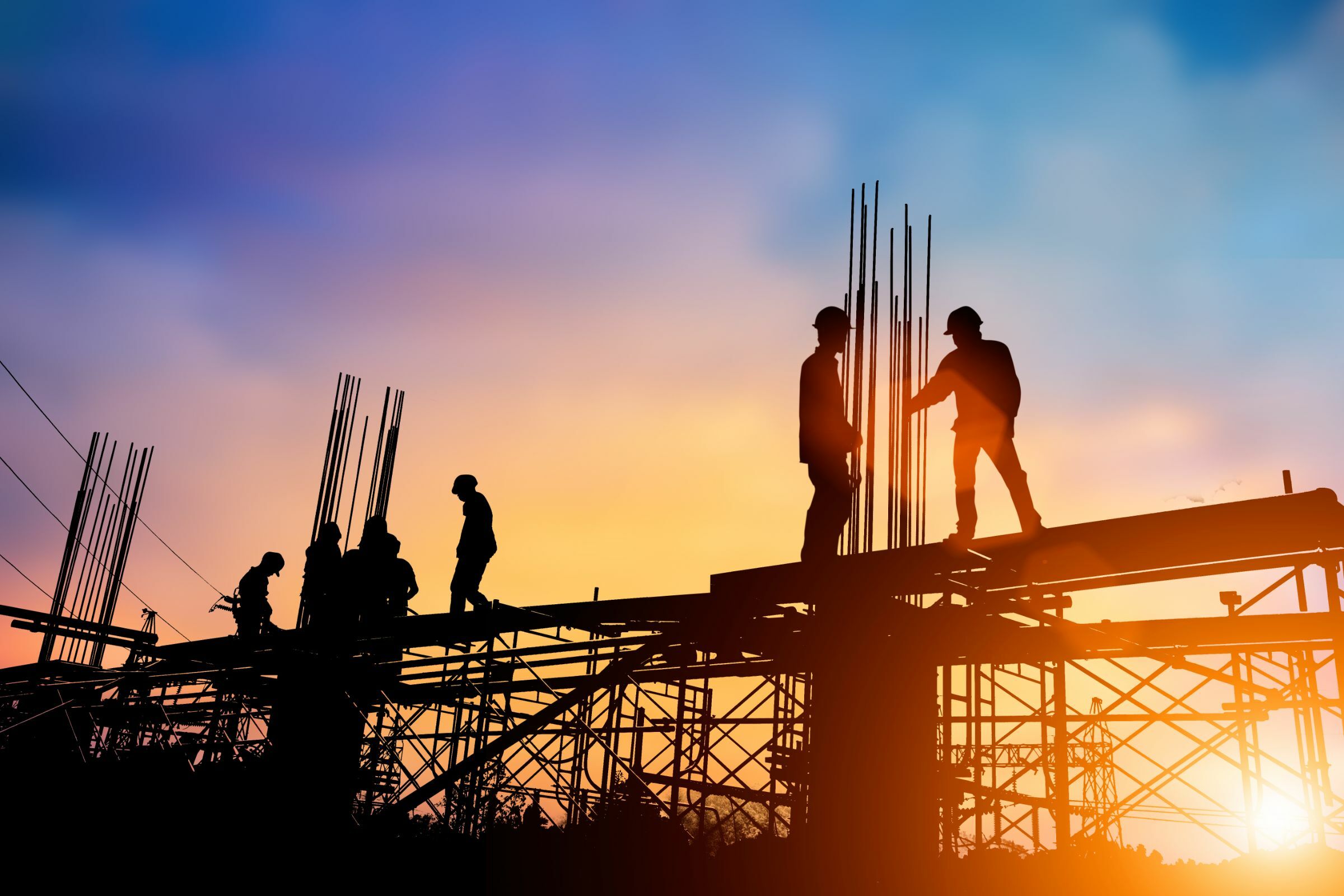The Parliamentary Standing Committee on Housing and Urban Affairs has expressed concern that some people may be unable to benefit from the Pradhan Mantri Awas Yojana-Urban (PMAY-U) due to eligibility criteria or other impediments and has requested that the Housing and Urban Affairs Ministry conduct an assessment.
The committee advised that the government extend the plan, which is slated to expire on December 31, 2024, if necessary, to include those who remain in need of housing in its report on the execution of the PMAY-U, which was given to the Lok Sabha on Monday.
The panel, chaired by Rajiv Ranjan Singh, highlighted that the ministry predicted a 1.88 crore housing shortage in 2012-17 when the scheme was launched in 2015.
“It [the ministry] had also submitted that with a slum decadal growth rate of 34%, the number of slum households in India is expected to reach 18 million.” In addition, the Mission is expected to cover 2 million non-slum urban poor households. As a result, the new mission’s overall housing shortage anticipated to be addressed is 20 million. However, the total validated demand, as assessed by states/UTs, is 1.23 crore,” according to the report.
The government approved 1.22 million residences across the country until March 31, 2022, the ministry’s cut-off date. The programme was later extended from 2021-22 to December 31, 2024, in order to complete the dwellings that had been sanctioned. 64.33 lakh of the 1.05 crore dwellings started under construction have been finished.
The panel observed a 67 lakh housing discrepancy between the first evaluation and the sanctioned houses. The ministry assured the committee that the initial estimate was just that, an estimate and that the scheme would be based on demand. The Committee suggested that the government perform an impact evaluation of the scheme to understand its benefits and shortcomings better.
“The ministry may then investigate the feasibility of either extending the existing scheme with modifications based on an impact assessment study or developing another such scheme to benefit the urban poor at large to achieve the government of India’s goal of housing for all,” according to the report.
The panel found that 60% of the total dwellings sanctioned were in the beneficiary-led construction (BLC) vertical, where beneficiaries had difficulty obtaining land.
The committee was disappointed because the true problem was to provide suitable homes for landless urban slum people. Yet, the in-situ slum redevelopment vertical only sanctioned 4.33 lakh houses against a need of 14.35 lakh. It’s vertical’s progress has similarly been modest, with only 99,000 dwellings delivered as of December 31, 2022.
